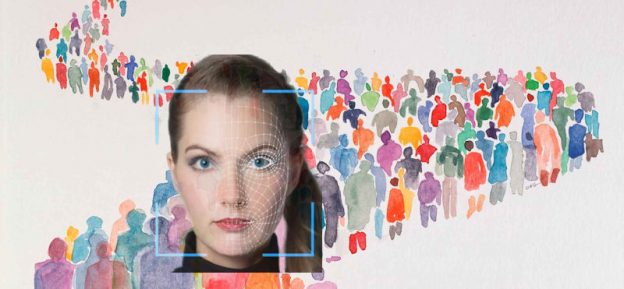Tag: france
[Video] Uber Files Exposed: My Testimony at the French Parliament Hearing
On Wednesday, May 17, 2023, I shared my expertise on the intricate relationship between Uber, the platform economy, and the… read more [Video] Uber Files Exposed: My Testimony at the French Parliament Hearing
admin 17 May 2023

Posted in Media features
Comment enseigner à l’heure de ChatGPT (Le Parisien, 22 févr. 2023)
Dans le quotidien Le Parisien, la journaliste Claire Barthelemy relate d’une expérience que j’ai conduit dans le cadre de mon… read more Comment enseigner à l’heure de ChatGPT (Le Parisien, 22 févr. 2023)
admin 22 February 2023

Posted in Blog
The real dangers of facial recognition: mass obedience and online labor exploitation
Facial recognition is a scam, but that doesn’t mean we should underestimate the threat it poses to freedom and fundamental… read more The real dangers of facial recognition: mass obedience and online labor exploitation
admin 8 December 2019
![[Vidéo] Interview Public Sénat (12 juin 2019)](https://www.casilli.fr/wp-content/uploads/2019/08/public-Sénat-Itw-A-Casilli.png)
Posted in Videos
[Vidéo] Interview Public Sénat (12 juin 2019)
J’ai été interviewe par Kady Adoum-Douass dans l’émission Magazine de l’Emploi sur la chaîne Public Sénat.
admin 12 June 2019
![[Video] Uber Files Exposed: My Testimony at the French Parliament Hearing](https://www.casilli.fr/wp-content/uploads/2024/03/Uber_914-480x270.jpg)